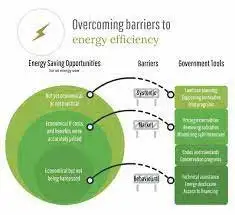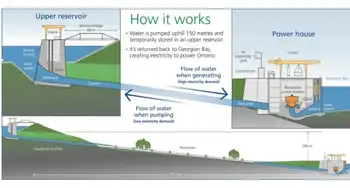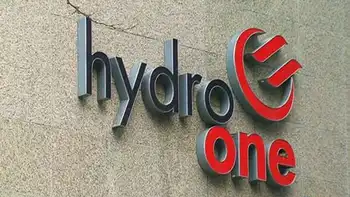Alloy could convert exhaust into energy
By Washington Times
NFPA 70e Training
Our customized live online or in‑person group training can be delivered to your staff at your location.

- Live Online
- 6 hours Instructor-led
- Group Training Available
General Motors R&D received a $2.7 million federal award that will help build a prototype using Shape Memory Alloy, or SMA, that would generate electricity from the heat in automotive exhaust.
"When you heat up a stretched SMA wire, it shrinks back to its pre-stretched length, and when it cools back down it becomes less stiff and can revert to the original shape" said Jan Aase, director of GM's Vehicle Development Research Laboratory. "A loop of this wire could be used to drive an electric generator to charge a battery."
It is too soon to identify a vehicle where this technology could work, but hybrid or conventionally powered vehicles are possible applications.
"No one else anywhere in the world is doing this work as far as we know," Mr. Aase said. "In a hybrid system, the electrical energy could be used to charge the battery. In a conventional engine, this could perhaps even replace the alternator without any load on the engine."
The award from the Department of Energy's Advanced Research Program Agency-Energy, or ARPA-E, was the only grant to an automaker among $151 million in distributed by the Energy Department. GM will work with HRL Laboratories; Dynalloy Inc., a Tustin, Calif., manufacturer of shape memory alloys specially made to be used as actuators, and the Smart Materials Collaborative Research Lab at the University of Michigan.
"This award is significant for the gains in energy efficiency it could bring, and because it signifies how GM is doing business though collaboration and partnership," said Alan Taub, GM vice president of global R&D.
"The days are gone when we would do this kind of groundbreaking work on our own. We need to continue to find ways to combine our deep technical knowledge with others who can help take our ideas from concept to commercialization," he said.
The idea of an SMA heat engine "has been around for 30 years," Mr. Aase said, but the few devices that have been built were too large and too inefficient to make it worthwhile."
Even now, the technology is in the very early stages. Over the next two years, GM and its partners will work to create a working prototype.
"We're taking advantage of a network of people that we've been working with for a number of years on shape memory alloys," Mr. Aase said. "And we have some novel approaches to make this high-risk, high return project successful."











